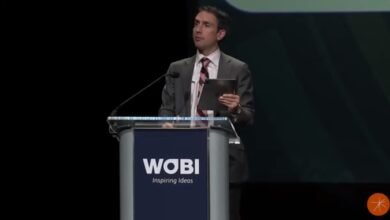The Evolution of HR and Labor Relations

rss.shrm.org | Leah Shepherd
The history of labor unions in the United States encompasses more than 150 years of negotiating for better pay, benefits and working conditions for American workers.
The first U.S. labor union was launched in 1866, and in the decades that followed, unions played a critical role in guaranteeing worker safety and fair pay. But after peaking in the mid-1950s, union membership rates have fallen steadily ever since.
About 10 percent of U.S. workers were union members in 2021, down from 20 percent in 1983, according to the U.S. Bureau of Labor Statistics (BLS). The union membership rate of public-sector workers (34 percent) was five times higher than the rate of private-sector workers (6 percent) in 2021, and the highest unionization rates were among workers in education, training and library occupations (35 percent) and protective service occupations (33 percent), the BLS reported.
New state and federal laws, and the deindustrialization and globalization of the American economy have all contributed to the decline of union membership, according to Steve Bernstein, an attorney with Fisher Phillips in Tampa, Fla. 
In addition, employers have changed their practices in order to recruit and retain good workers; doing so may have reduced the attractiveness of unions. “Frankly, employers are just treating people better” by embracing more fairness and consistency, Bernstein says. “They’ve had little choice. It’s a competitive issue.”
Still, there’s been no lack of attempts…
Click Here to Read more /Source link






